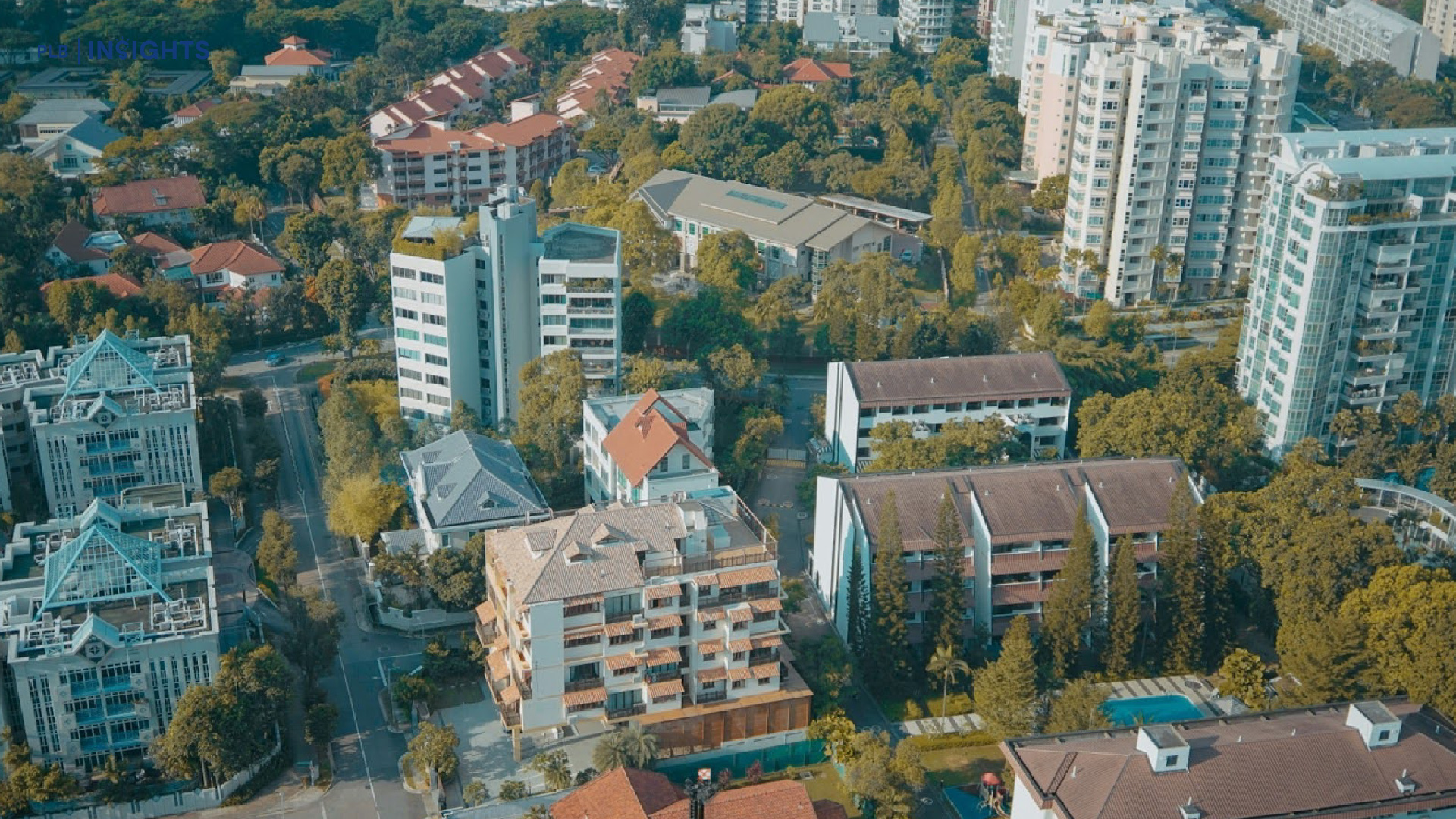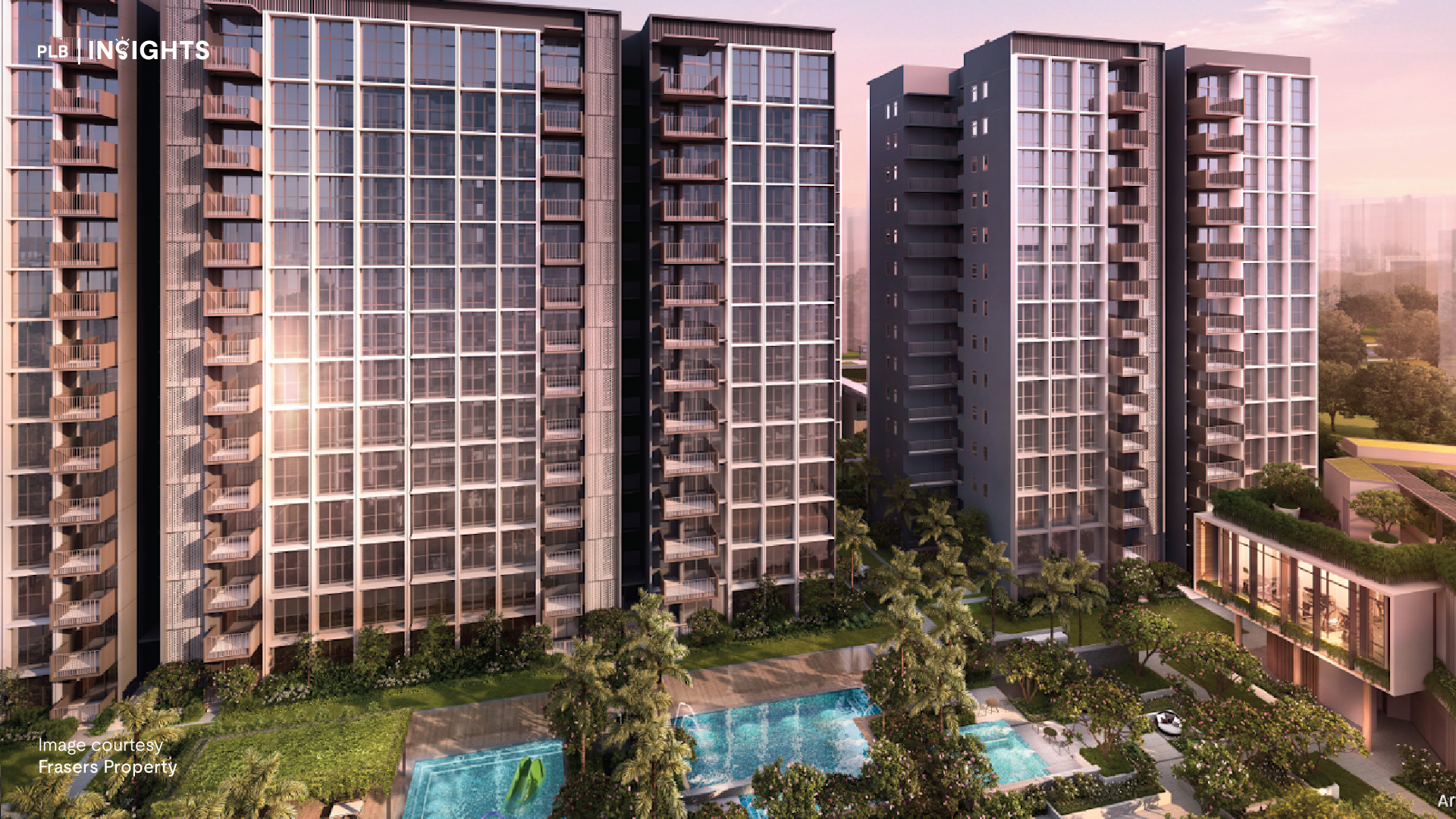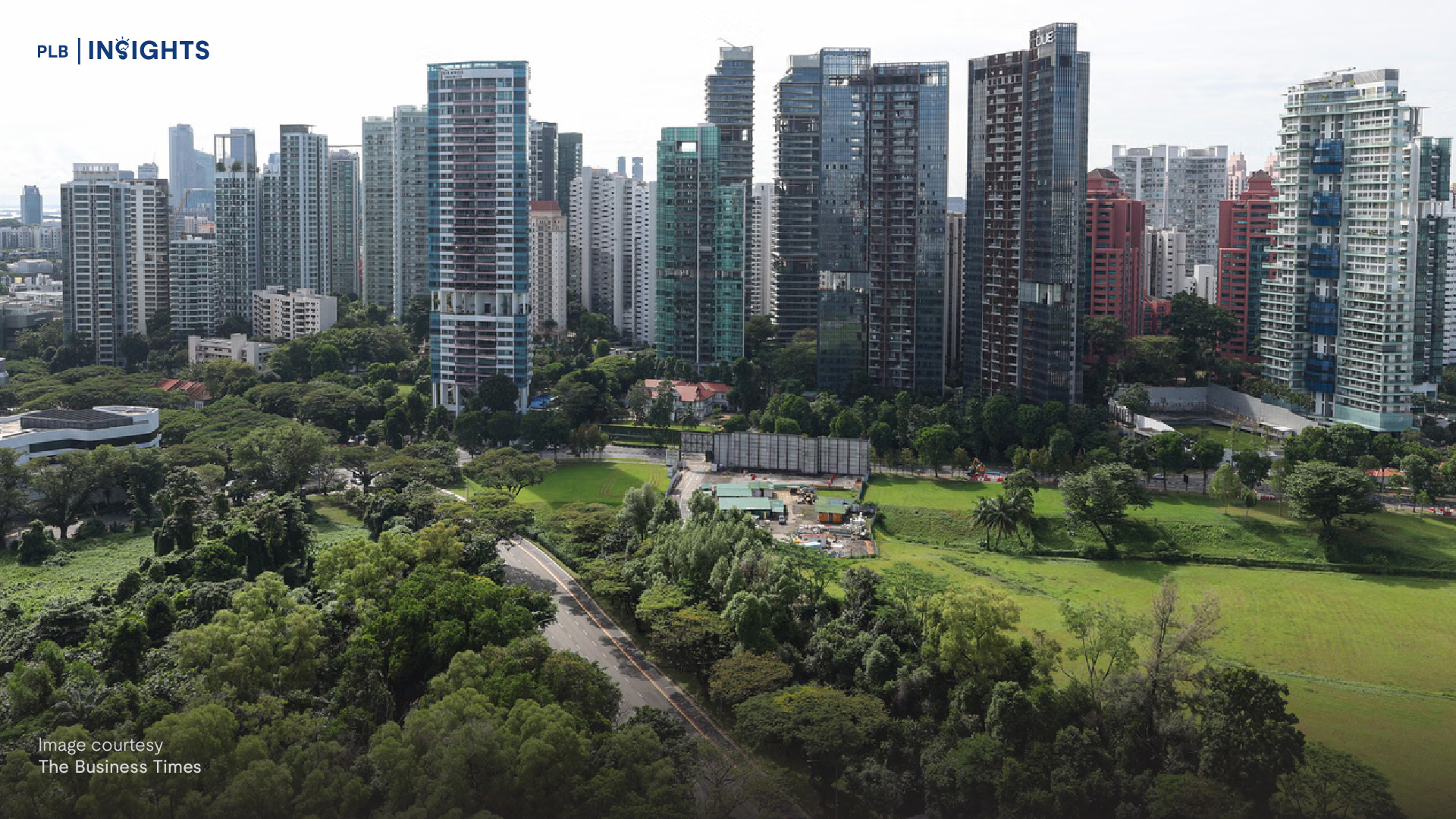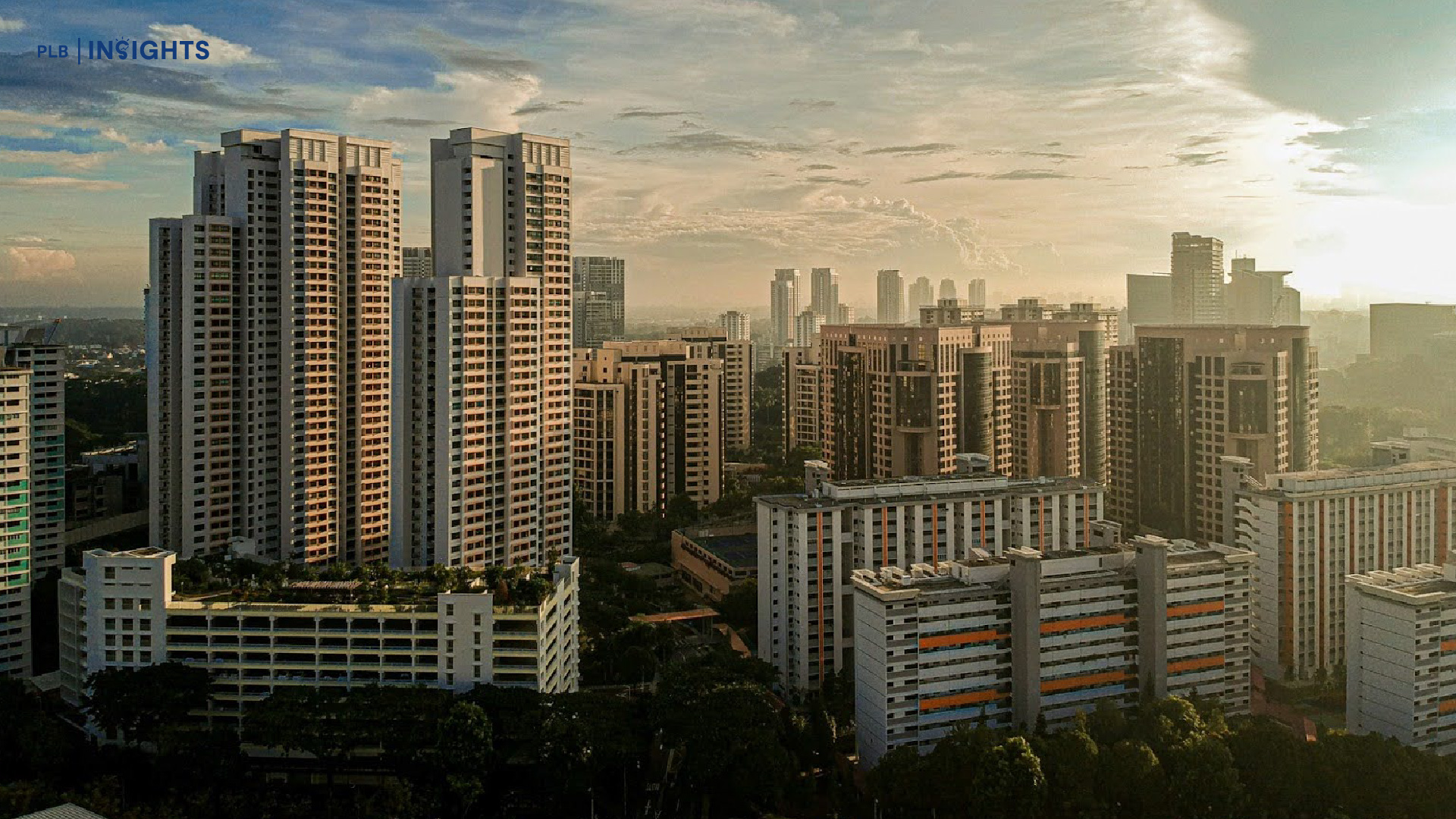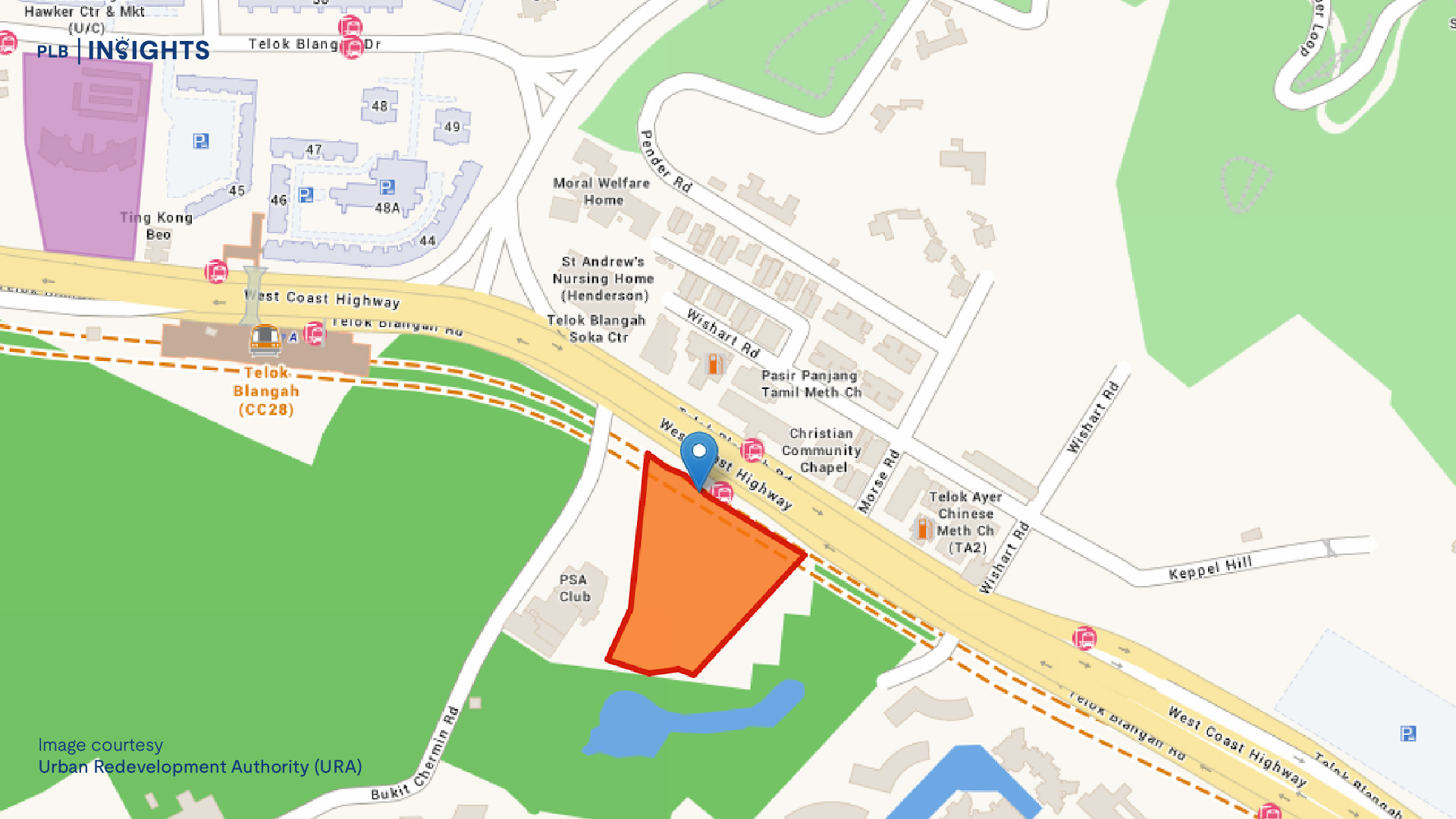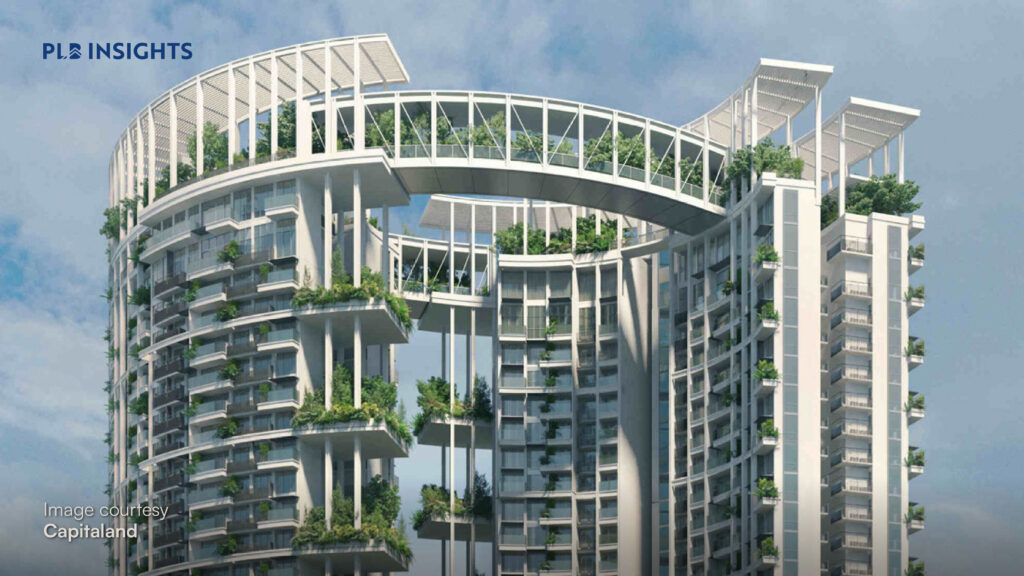
As we all know, a property purchase is an exciting yet nerve-wracking milestone. This sentiment holds true, especially when you find yourself on the cusp of acquiring a fresh, never-before-occupied unit, whether through the BTO scheme, a new launch project, or other avenues. Welcome to your ultimate guide to choosing your future dream unit.
A Well Researched Buyer Is a Better Informed One
With social media serving as a real life testament to the various experiences of the community, a common piece of advice would be to begin by reaffirming your financial capacity. Following this, it’s recommended to reassess one’s needs and anticipate future ones.
Reaffirming your financial capacity is crucial to preventing any unnecessary strain on your finances in the long run. By factoring in your budget, down payment, and mortgage obligations, you can gain a more accurate understanding of what is financially feasible for you. This understanding of affordability, in turn, can widen your scope in terms of the type of development and room type. Even if you are not purchasing immediately, setting a savings goal is a prudent step that can put you on a more secure financial path.
The concept of the ideal property varies for each individual based on their unique needs and desires. Everyone has their own vision of a perfect home. Knowing your preferences can help reduce future buyer’s remorse and empower you to prioritise features that matter the most. For example, young couples may consider purchasing a bigger unit according to their family planning and lifestyle.

Navigating Your Unit Selection Appointment
Congratulations! Your application has been balloted with a queue number of *insert number here*, which is within the supply of units on offer. Alternatively, you have found a new launch project that suits your needs.
Before the first appointment to select your unit, it is important to shortlist your ideal flats. By shortlisting in advance, you save the hassle of trying to make on-the-spot decisions during the appointment and increase your chances of securing a unit that aligns with your preferences and needs. Here are some factors to consider:
1) Sun Direction

When it comes to sun direction, it is commonly thought that the sun always rises in the east and sets in the west. In actuality, the direction differs according to the time of year and the latitude. Typically, between March and September, the sun rises in the north-west direction and sets in the north-east direction. Conversely, from September to March, it rises in the south-west and sets in the south-east.
Apart from the direct sunlight your unit receives based on its orientation, it’s crucial to consider how this impacts your comfort and utility costs. It’s no surprise that many people tend to steer clear of west-facing units since they are exposed to the most intense sunlight each day.
Nevertheless, it’s essential to keep in mind that individual needs and preferences differ greatly. West-facing units might be the choice for those who appreciate uniform lighting throughout the day and are willing to make investments in energy-efficient modifications, such as window films and shading devices.
2) Wind Direction
In addition to sun direction, considering wind patterns is another crucial element when selecting a unit in Singapore. The flow of air within your living space can significantly impact your comfort, energy efficiency, and overall well-being.
You may remember the term ‘monsoon season’ from your secondary school geography lessons. They greatly affect the rainfall and surface wind and generally take place twice a year.
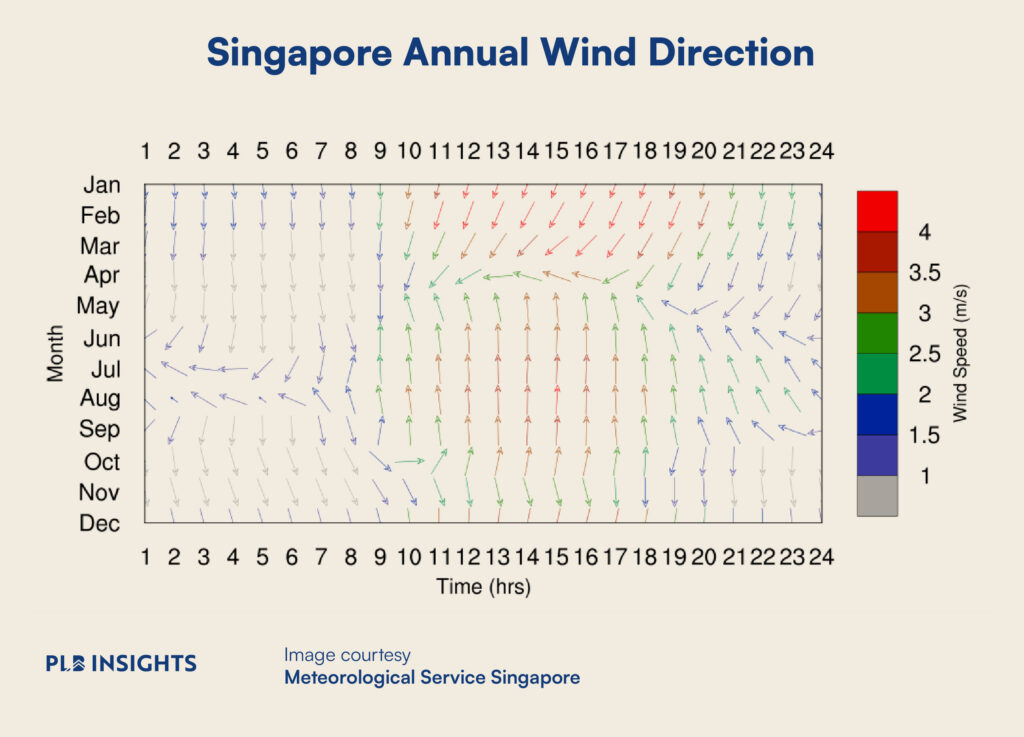
Based on the charts and the prevailing wind directions in Singapore, the unit that will likely have better ventilation from the wind will be the one oriented towards the northeast during the Northeast Monsoon season (December to early March).
During this period, the Northeast Monsoon brings cool and dry air from the northeast. Units facing northeast or northwest are more likely to receive these refreshing winds, making them comfortable and reducing the need for excessive air conditioning. Therefore, if you prioritise natural ventilation and a cool, fresh breeze in your living space, a unit facing northeast could be an excellent choice during this season.
Conversely, during the Southwest Monsoon season (June to September), when warm and humid air arrives from the southwest, you may want to consider units that are better shaded or equipped with effective cooling mechanisms to maintain indoor comfort.
Do note that the specific wind patterns and their impact can vary based on the building’s design, nearby structures, and the unit’s elevation.
3) Feng Shui
While not everyone adheres to Feng Shui beliefs, for those who do, it can be a significant factor in the selection of a unit. Feng Shui places a strong emphasis on the building’s orientation and its surroundings.
A favourable orientation, according to Feng Shui principles, encourages the gentle flow of positive energy known as “Qi.” Units that face natural elements like reservoirs and lush greenery are believed to channel this positive energy. Conversely, those facing busy roads or cemeteries may attract negative energy, referred to as “Sha Qi.”
To assess a potential unit’s Feng Shui, consultants often employ various systems and methodologies. They consider not only the unit’s orientation but also numerous other factors, including the owner’s BaZi (Chinese astrological birth chart) and Gua numbers. These additional elements help provide a comprehensive evaluation of the unit’s compatibility with the occupants’ energies and well-being.
4) Facing
Aside from the spiritual beliefs associated with Feng Shui, practical considerations also come into play when choosing a unit. This is particularly important if you prioritise a peaceful and unobstructed view.
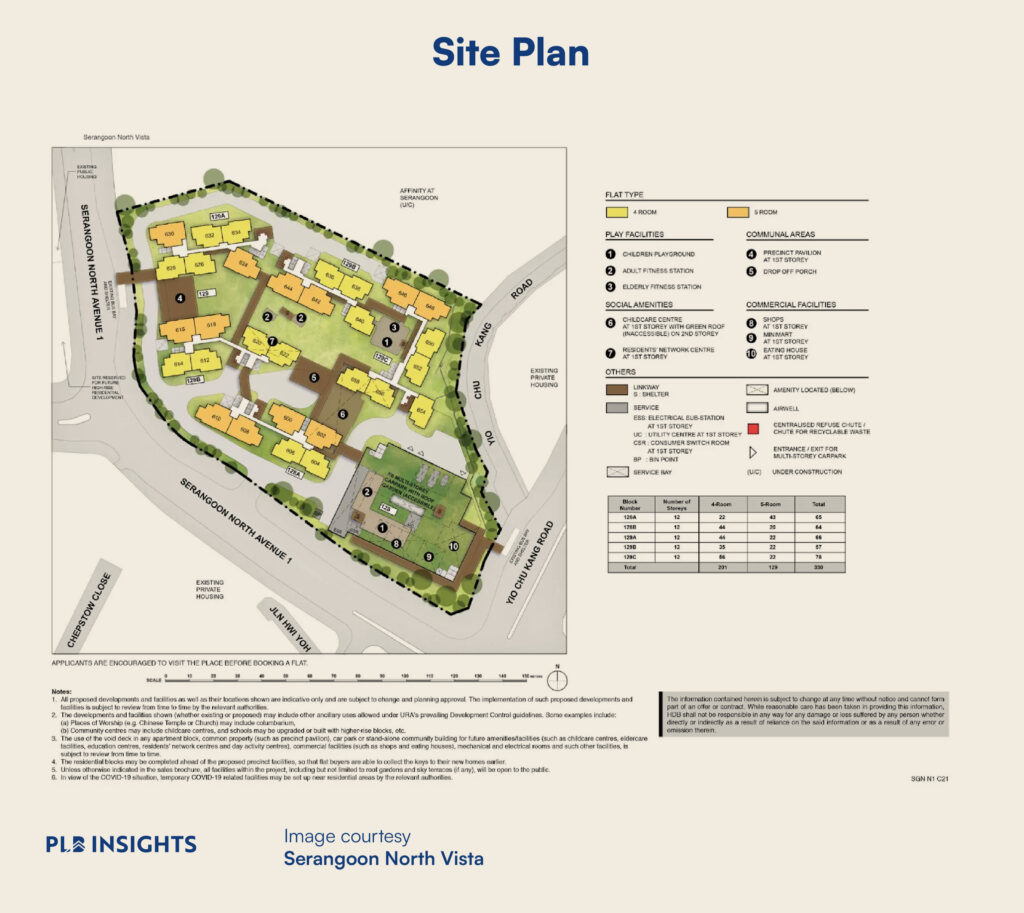
Firstly, it is advisable to refer to the site plan for the development. This can provide insights into whether certain units will face busy roads or expressways. Units with such orientations might experience higher noise levels, increased air pollution, and potentially less privacy due to the constant flow of traffic.
Moreover, units facing multi-storey carparks, particularly those on the same level as rooftop gardens, can face privacy challenges. The same applies to lower-level units overlooking the pool. While these units offer poolside views, they might do so at the expense of reduced privacy and exposure to elevated noise levels.
In cases where the development’s site plan lacks information on surrounding developments, it’s beneficial to refer to the URA master plan. With the master plan, it is easier to estimate future changes to the neighbourhood landscape, which may in turn affect the views of the unit.
5) Layout
In general, BTO units tend to have more regular and standardised shapes compared to units in private new launch condominiums. Developers of new launch projects often cater to a more diverse market with varying preferences and budgets, which allows for more unique and irregular unit layouts to cater to different buyer preferences. While your ideal condominium floor plan largely depends on your lifestyle and needs, there are some things to take note of while reading the floor plans.

When it comes to selecting your ideal layout, remember that your choice should harmonise with your lifestyle and requirements. While examining the floor plans, pay particular attention to certain considerations, especially if you are contemplating an open concept kitchen or an expanded living space. Be diligent in identifying which walls are potential candidates for removal based on the floor plan.
6) Proximity to Amenities
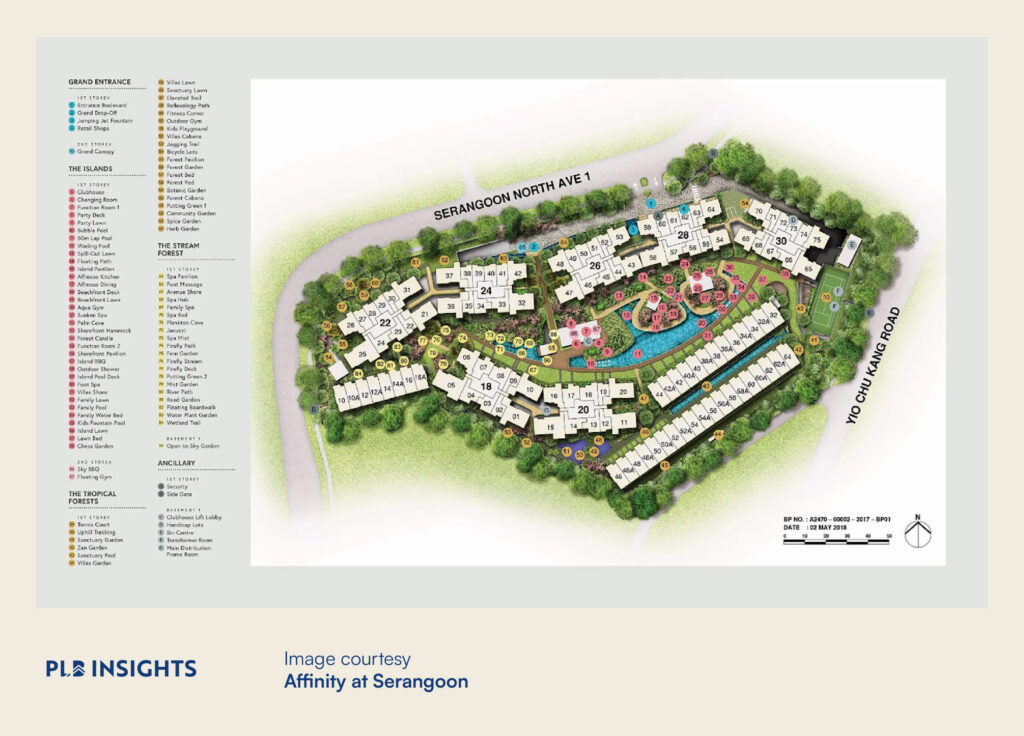
Recognising that the layout and placement of amenities in every housing development can vary widely, it is wise to consider how the proximity of amenities can affect your daily life and convenience.
Essential facilities like the bin centre and transformer room play a critical role in the development. However, many individuals prefer not to reside in units adjacent to them. Bin centres can generate noise and emit unpleasant odours, particularly during waste disposal times. Additionally, the presence of garbage trucks during collection days can add to the disruption. Such units tend to have lower resale values compared to those in more desirable locations, which might deter potential investors.
In contrast, side gates, although not as prominently used as the main entrance, serve as crucial additional access points for residents, enhancing convenience. If you rely on public transportation, you might favour living near a side gate if it provides direct access to a bus stop, MRT station, or other forms of transit. It simplifies your daily commute and reduces travel time. While the entire development may be relatively close to these amenities, specific units might offer even closer access.
When it comes to amenities like the pool and car park, the decision to be in close proximity depends on your lifestyle preferences. Keep in mind that while being nearer can offer convenience, it may also entail increased noise levels and reduced privacy.
While some residents may prefer the convenience of being close to these amenities, others might prioritise quieter and more secluded units. Personal preferences vary, so it is essential to assess your lifestyle and priorities when selecting a unit. Keep in mind that what’s convenient for one person may not be the same for another, and thoughtful consideration of amenity proximity can contribute to a more comfortable living experience in your chosen unit.
Bonus Tip: Visualise Your Ideal Home
Visualise your ideal home by following these practical steps. Begin by immersing yourself in the experience. Step into a showflat unit or explore the My Nice Home Gallery to gain a firsthand understanding of the layout, offering you a tactile appreciation of the space and design.
Next, harness the capabilities of Google Maps to delve into the project’s surroundings, providing valuable insights into the neighbourhood, including nearby amenities and transportation options.
To truly grasp the essence of your future home, take it a step further by visiting the project in person. This hands-on experience enables you to assess traffic patterns, appreciate the view, and establish a genuine connection with your prospective residence.
By visualising your future living space and its surroundings, you will be able to make more informed decisions about your ideal home!
Only Low Level Units are left…
Sometimes, the units left during flat selection may not seem ideal, and you may face a conundrum on whether to select these often low-level flats. For instance, the new implementation of HDB’s tightening rules on flat selections builds pressure to select units. From the upcoming September BTO projects (formerly the August projects) onwards, most who reject the opportunity to choose a flat will have repercussions.
Prospective applicants should carefully consider their individual housing needs and preferences in this situation. If the available low-level units align with your requirements and are acceptable to you, applying for them can be a viable option, especially if there is an urgent need for housing. However, if you strongly prefer higher-level units or believe that waiting for a more suitable project is more beneficial in the long run, you may choose to wait for the next available project that better meets your criteria.
Final Thoughts
We hope that you have a better understanding on what factors to look out for while considering your future home. In the quest for the perfect unit, it is essential to keep in mind that no unit is entirely flawless or inherently terrible. The key lies in shifting one’s perspective and striking a harmonious balance between personal needs and practical realities. For example, being willing to install energy efficient fixing to cope with a west facing unit. Utilising tools such as URA Master Plan, Google Maps and the development site plan can provide invaluable guidance in creating an ideal living situation.
While some may intend for their BTO/ new launch unit to be their forever home, circumstances can change. Always buy with the potential to sell even if you intend for the property to be your forever home. This forward-thinking approach ensures that your investment remains flexible and adaptable to life’s unforeseen twists and turns.
Interested to know more about the first appointment? Check out lessons Nikki learnt during her first BTO appointment. If you are interested in exploring a possible move to a new launch and would like to seek professional guidance, feel free to contact our experienced consultants. Till next time!

